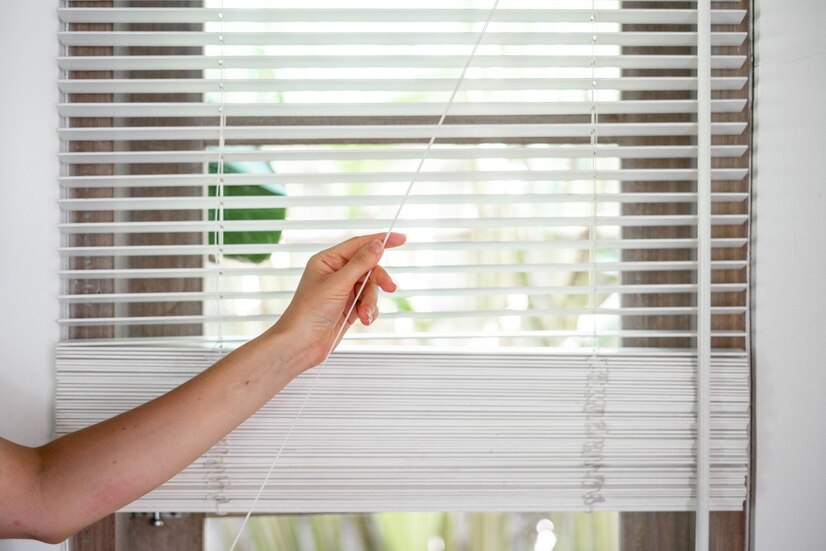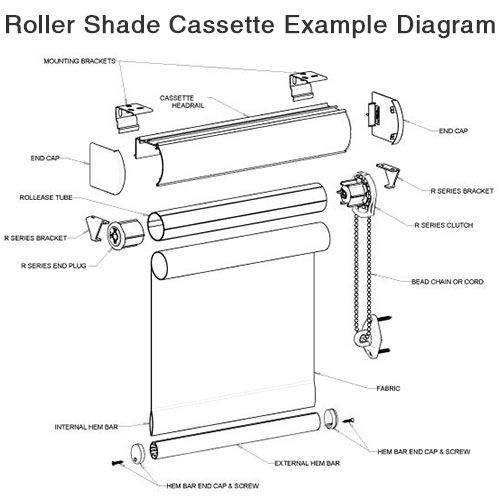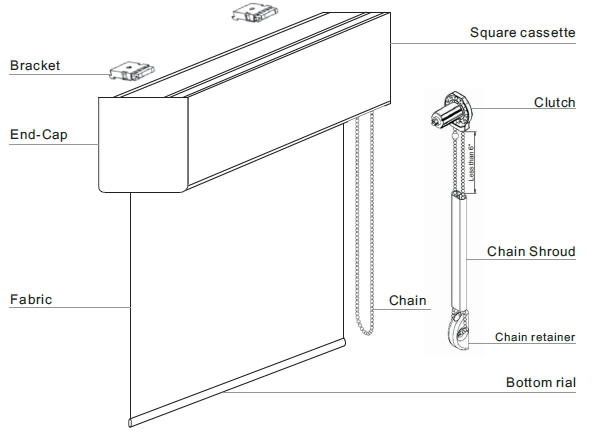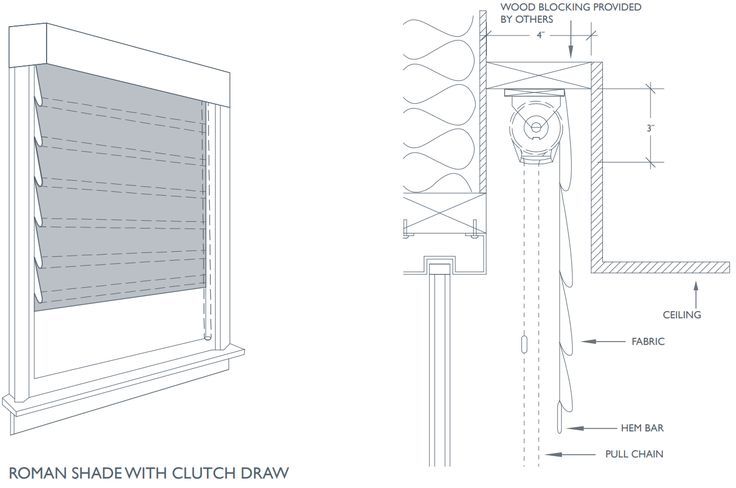Request A Quote

Window blinds are a popular and versatile choice for controlling light, privacy, and temperature in a room. They come in various styles and materials, each designed to meet different needs and preferences. But how exactly do window blinds work? Understanding the mechanics behind these window treatments can help you choose the right blinds for your home and ensure they function effectively. In this guide, we'll explore the basic components, operation mechanisms, and benefits of window blinds.

1. Slats (Louvers): Horizontal or vertical pieces made from wood, aluminum, or fabric, which can be tilted to adjust light.
2. Headrail: The top part that houses the operating mechanism and holds the slats in place.
3. Tilt Mechanism: Allows slat adjustment via a tilt wand or cord system to control light.
4. Lift Mechanism: Operated by a cord, chain, or cordless system, it raises or lowers the blinds.
5. Bottom Rail: The horizontal piece at the bottom that keeps slats aligned and adds weight for even hanging.
6. Cords or Chains: Used to operate the tilt and lift mechanisms.
7. Mounting Brackets: Attach the headrail to the window frame or wall, securing the blinds.

While all blinds operate on similar principles, different types of blinds have unique features and operation methods:
1. Horizontal Blinds such as Venetian blinds, are made up of horizontal slats that are stacked on top of each other when the blinds are raised. To operate horizontal blinds, you typically use a cord to raise and lower the blinds and a separate tilt wand or cord to adjust the angle of the slats. When you pull the lift cord, the slats rise and stack evenly at the top of the window. Horizontal blinds are favored for their ability to provide both light control and privacy, and their sleek, horizontal design complements a wide range of interior styles. The combination of the lift and tilt mechanisms gives users the flexibility to easily adjust the blinds to their preferred position, whether fully open, fully closed, or anywhere in between.

2. Vertical Blinds:
Vertical blinds consist of vertical slats that run along a track at the top of the window, making them ideal for large windows or sliding glass doors. Operating them is simple: you pull a cord or chain to slide the slats to one side, where they stack neatly, and use another cord or chain to rotate the slats, adjusting light and privacy levels. Made from materials like fabric, PVC, or wood, vertical blinds offer a range of styles and functionalities to suit different tastes and needs. Their design allows for easy customization to fit various window sizes and shapes, making them a flexible option for any room. Vertical blinds also offer practical benefits, such as being easy to clean and maintain, which is especially useful in busy households or commercial settings. Additionally, their ability to provide effective light control and their sleek, modern appearance make them a stylish addition to any décor. For spaces with wide openings or where a streamlined look is desired, vertical blinds are a perfect choice, blending functionality with aesthetic appeal.Their sleek and modern appearance adds a stylish touch to any interior décor while providing effective light control.

Roller blinds consist of a single piece of fabric that wraps around a tube at the top of the window. To operate them, you can pull a cord, chain, or use a spring mechanism to raise and lower the fabric. When fully raised, the fabric rolls up neatly around the tube, leaving the window unobstructed and providing a clean, streamlined look.
Roller blinds are popular for their simplicity and versatility, fitting well in various interior styles. They can be made from a range of materials to suit different needs. For instance, blackout fabric is ideal for bedrooms or media rooms where complete light control is desired, blocking out almost all light to create a dark environment.

Roman blinds are crafted from fabric that folds into elegant pleats. They are operated by a cord or chain, which pulls the fabric up and stacks it neatly in folds at the top of the window. It not only provides functionality but also adds a touch of sophistication to any room.
Roman blinds are a more decorative option compared to other types of blinds, with their soft folds of fabric creating a cozy and elegant ambiance. They can be made from a variety of materials, such as linen, cotton, silk, or synthetic fabrics, offering a wide range of styles to complement different interior designs. Roman blinds are an excellent choice for decorative flair with practical window covering solutions.
Window blinds offer several benefits that make them a popular choice for homes and offices:
1. Light Control: Blinds allow precise control over the amount of light entering a room. By adjusting the angle of the slats or the height of the blinds, you can let in just the right amount of natural light.
2. Privacy: Blinds provide excellent privacy, especially when the slats are fully closed. They can also be adjusted to let in light while still obscuring the view from outside.
3. Energy Efficiency: Certain types of blinds, like cellular shades, can help insulate your home by trapping air and reducing heat transfer. This can lead to energy savings by keeping your home warmer in the winter and cooler in the summer.
4. Versatility:Blinds come in a wide range of materials, colors, and styles, making them suitable for any decor. Whether you prefer the classic look of wood blinds or the modern feel of roller shades, there’s a blind option to match your taste.
5. Durability: Blinds, particularly those made from materials like aluminum, faux wood, or PVC, are durable and resistant to moisture, making them a good choice for kitchens, bathrooms, and other high-humidity areas.
6. Ease of Maintenance: Most blinds are easy to clean and maintain. A quick dusting or wipe-down with a damp cloth is usually enough to keep them looking their best.
Window blinds are a practical and stylish solution for controlling light, privacy, and temperature in any room. Understanding how they work—from the basic components to the operation mechanisms—can help you choose the right blinds for your needs. Whether you prefer the classic design of horizontal blinds, the sleek look of roller blinds, or the convenience of motorized blinds, there’s a perfect option out there to enhance your living space. With their versatility, durability, and ease of use, window blinds remain a popular choice for homeowners looking to improve both the functionality and aesthetic appeal of their windows.
For those in Auckland, New Zealand, seeking the best blinds and shades for windows, our team of local professionals is ready to assist. We specialize in creating personalized solutions that enhance both the functionality and aesthetic appeal of your home. Get in touch with our Auckland specialists today to discover the perfect window treatments for your windows.